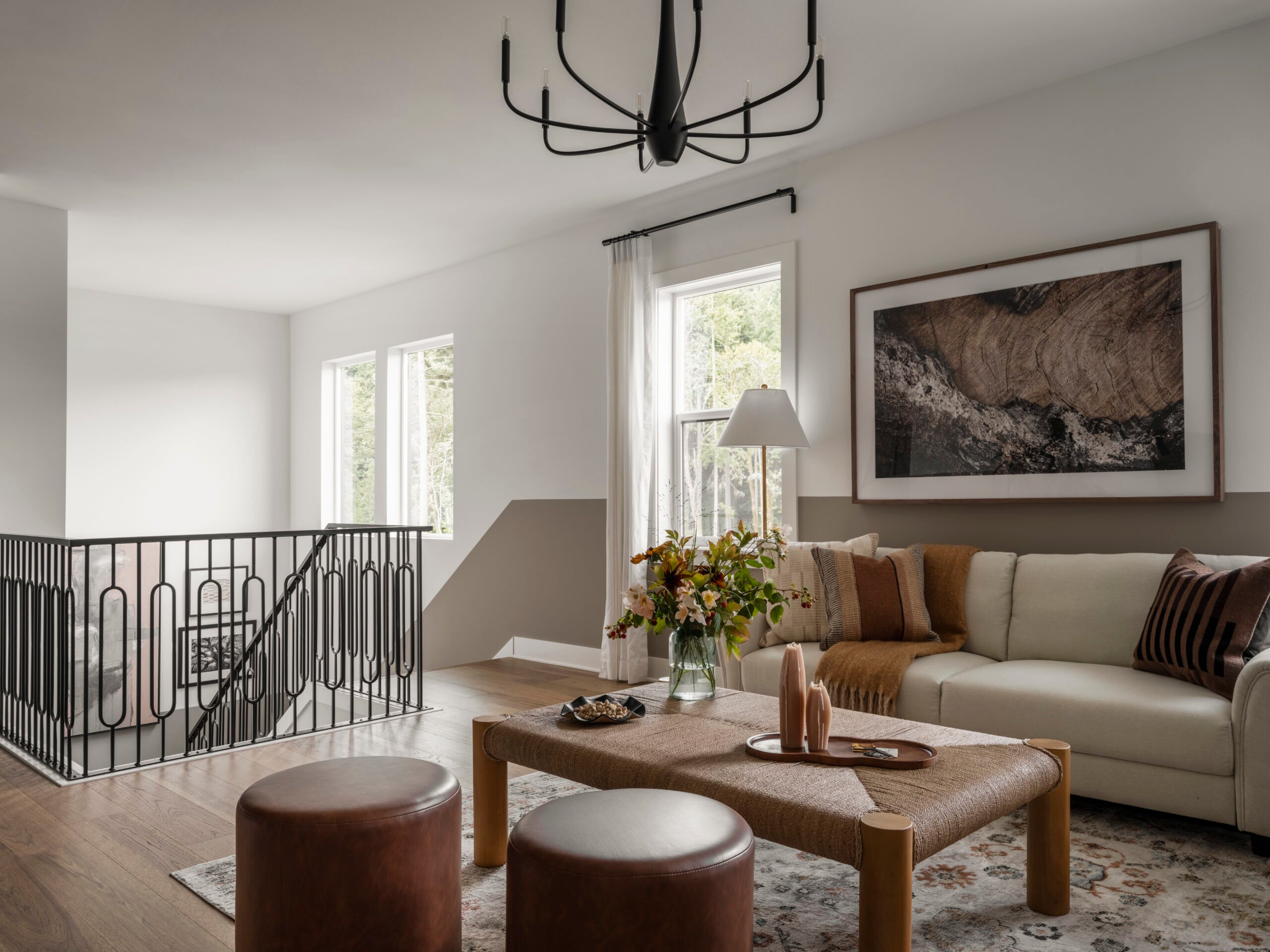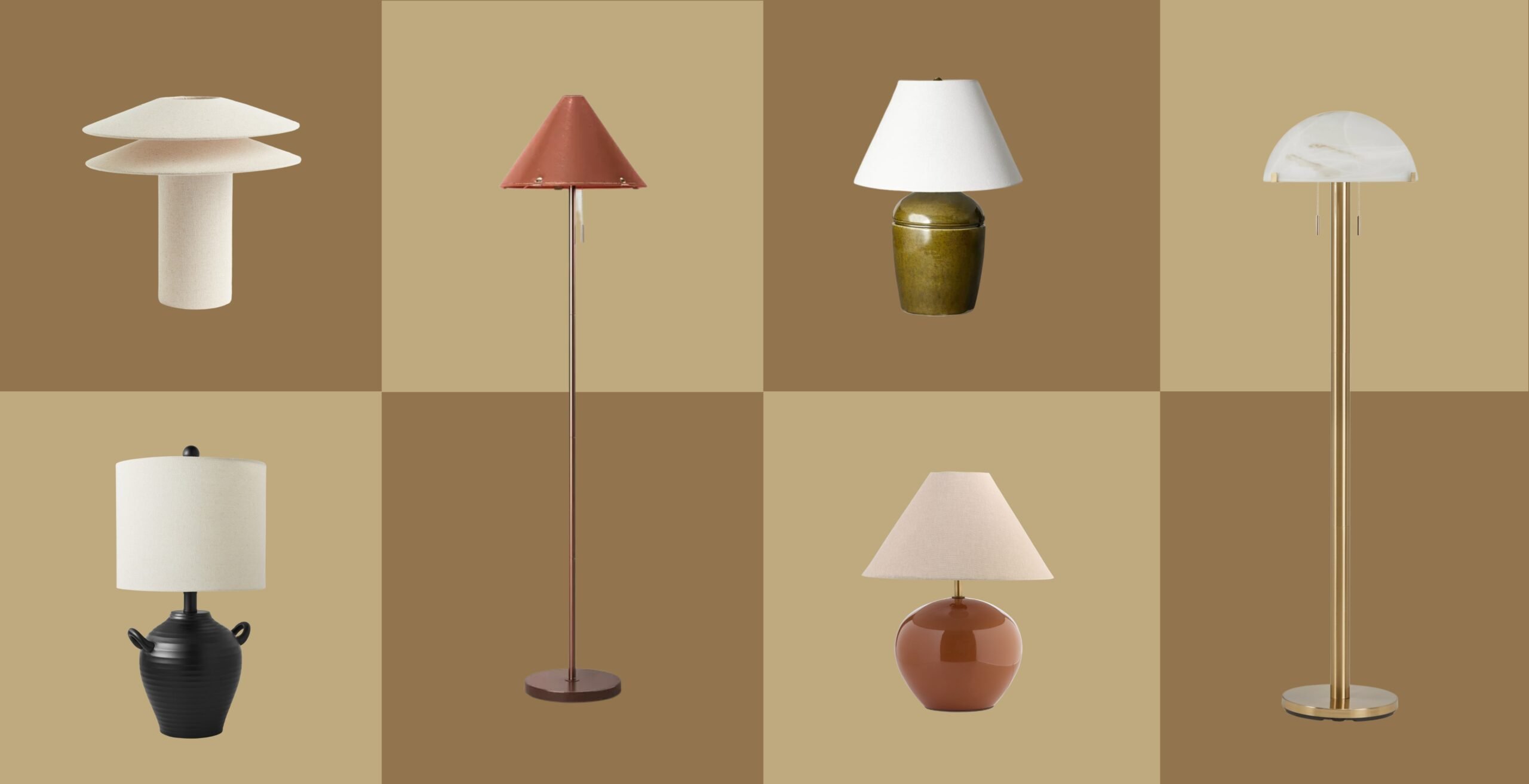How To Design With Your Senses (And Why It’s Important)
Our senses guide us every day of our lives – and help us experience and navigate the world around us. But did you know they can also help you design your home? Yep, sight, sound, touch, and smell are actually essential for creating an interior that looks, feels, and even smells like you. So let us show you how to design with your senses – and create a home that you truly connect with on every level.
Utilizing all your senses (well, in this case maybe not taste) when designing your space will help you create a home that is appealing, mood-altering, and totally stimulating. It can also help you feel more relaxed, comfortable, content, and even happier. But how exactly do you use your nose, ears, eyes, and hands to make it happen? We’ll explain it all – just keep reading. You can also learn a lot more about how to design with your senses in Bobby’s new book, Right At Home!
For more design, don’t miss What’s Your Interior Design Style: A List Of All the Styles, 5 Design Rules You Should Always Follow, and The Best Free Interior Design Apps: 5 Of Our Favorites To Furnish Your Home.
























